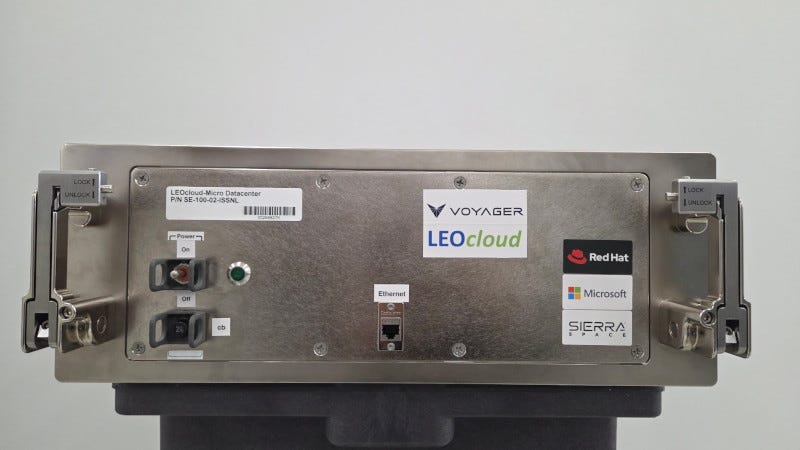First Multi-Cloud Region in Space Launched by Voyager
Space Edge Brings Secure, Low-Latency Cloud Infrastructure to Orbit
The first known multi-cloud region in space has been launched to the International Space Station by Voyager Technologies, marking what the company calls a breakthrough in real-time, space-based data processing.
“As the space economy grows, space-based infrastructure becomes as essential as it is on Earth."
Dennis R. Gatens, Voyager
Space Edge is a space-h…
Keep reading with a 7-day free trial
Subscribe to The Journal of Space Commerce to keep reading this post and get 7 days of free access to the full post archives.



